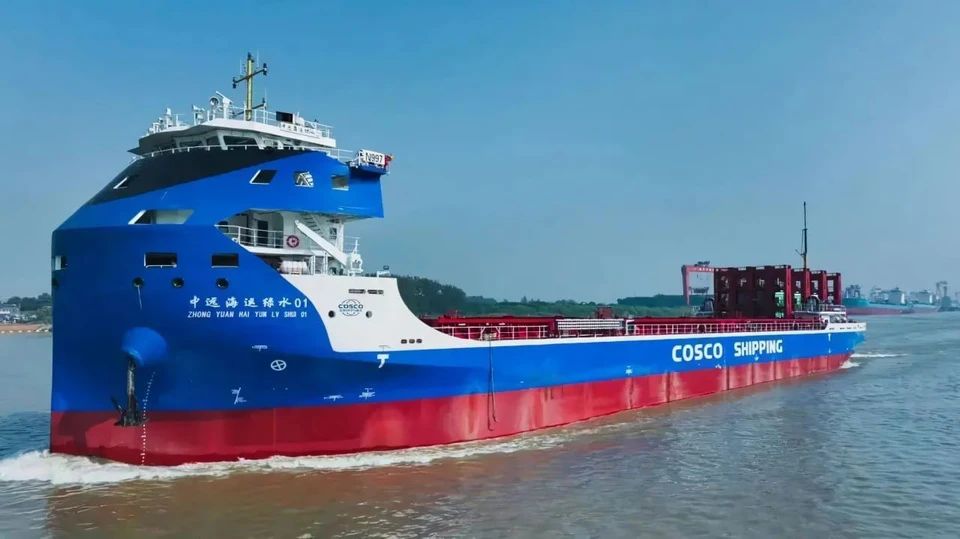Electric container ships: development prospects

The maritime industry, which accounts for more than 80% of global trade, faces acute environmental challenges. The huge amount of CO₂ emissions from container ships makes them an important target for decarbonization. Among many innovations, electric container ships are seen as the future of shipping. Let's look at the current prototypes and prospects for these vessels.
Current situation in the shipping industry
According to the International Maritime Organization (IMO), the maritime industry emits about 940 million tons of CO₂ annually, accounting for about 2.5% of global emissions. As part of the Paris Agreement and the IMO's emissions reduction strategy, shipping companies are required to reduce their carbon footprint by 50% by 2050. Electric container ships have become one of the key solutions to this problem.
The first prototypes of electric container ships
1. Yara Birkeland (Norway)
The Yara Birkeland is the world's first autonomous electric container ship and will enter service in 2022.
Characteristics: The vessel is equipped with a 7 MWh battery, which is equivalent to the energy required to power 100 Tesla electric vehicles. It can carry up to 120 containers and is designed to reduce emissions on routes between Norwegian ports.
Advantages: Autonomy reduces crew costs, and the absence of diesel fuel eliminates CO₂ and NOₓ emissions.
2. E5 Tanker (Japan)
Developed in Japan in 2021, this electric tanker has been adapted to transport fuel, but the technology used in it is applicable to container ships.
Peculiarities: Uses a 3.5 MWh lithium-ion battery, allowing the vessel to operate on all-electric power for short routes.
3. ABB and Wärtsilä technologies
These companies are actively working on hybrid container ships that use electric propulsion combined with hydrogen fuel cells. Such solutions could become a bridge between diesel and all-electric ships.
Advantages of electric container ships
- Reduced emissions: Electric container ships completely eliminate emissions of carbon dioxide and pollutants such as sulfur oxides.
- Fuel economy: Use of renewable energy sources such as solar and wind power reduces operating costs.
- Reducing noise and vibration: Electric motors are significantly quieter, which reduces marine pollution, especially near inhabited areas.
- Battery capacity: Modern batteries have limited energy density, which limits the cruising range of container ships.
- Development cost: Electric vessels require significant investment. For example, the construction of the Yara Birkeland cost approximately $25 million, which is twice as expensive as a similar diesel vessel.
- Infrastructure: To charge large container ships, powerful charging stations are needed in ports, which are not yet available everywhere.
- Technological breakthroughs: New generations of batteries (such as those based on solid-state electrolytes) are expected to increase the cruising range of ships.
- Hybrid technologies: A combination of electric propulsion and hydrogen fuel cells could be an interim solution until more powerful batteries become available.
- State support: Norway, China and Japan actively subsidize the development of environmentally friendly ships, which speeds up their adoption.


